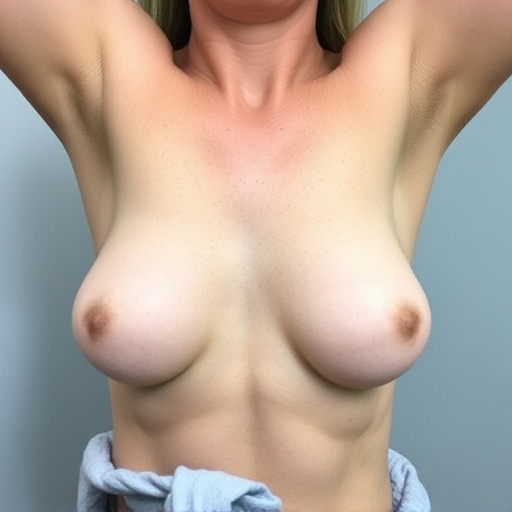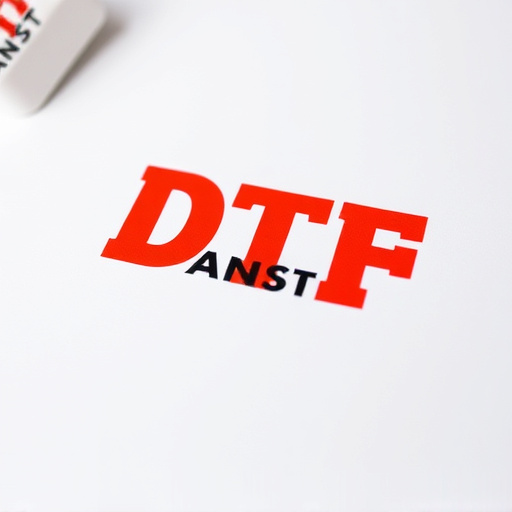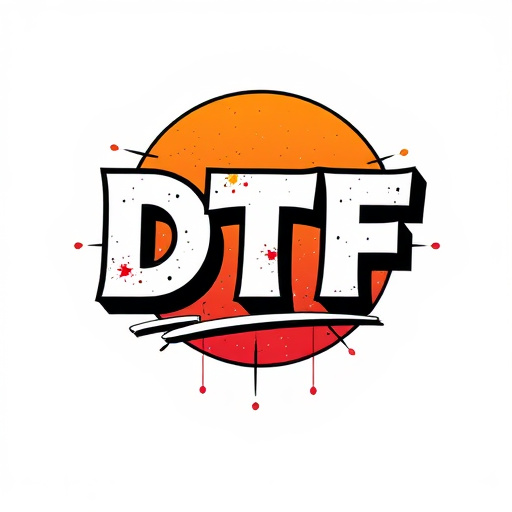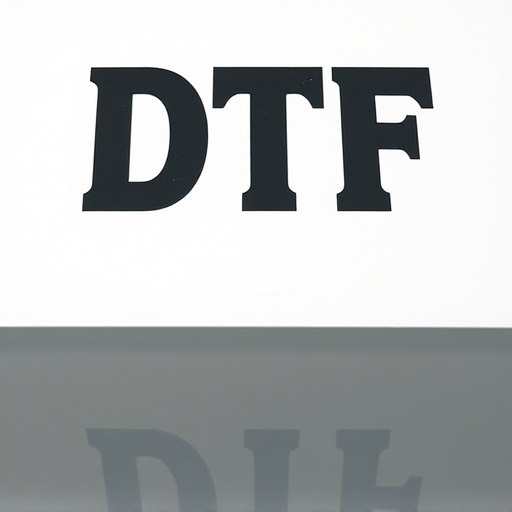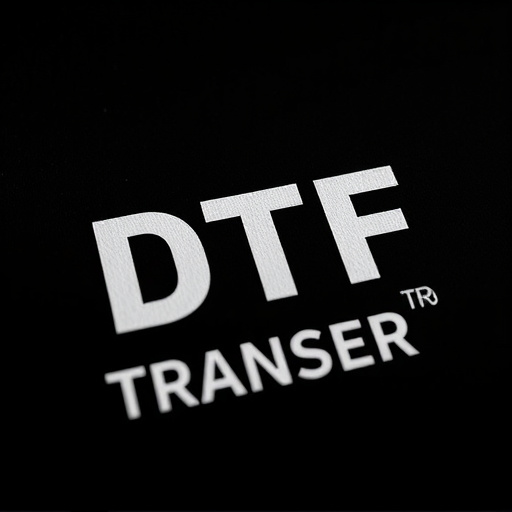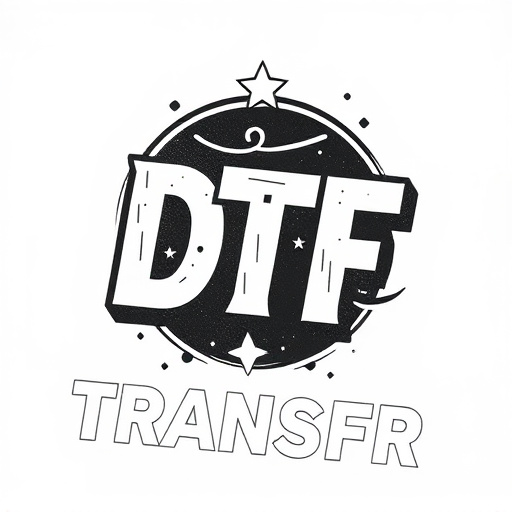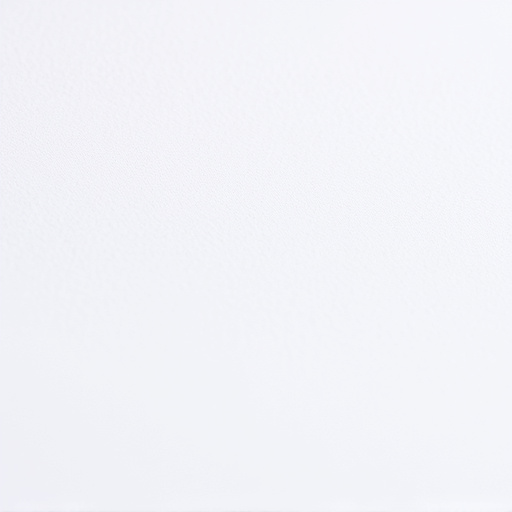DTF (Direct-to-Film) transfers are revolutionizing printing with cutting-edge technology, delivering unparalleled detail and precision. This process directly replicates digital data onto film negatives, ensuring every line and design element is accurately preserved. DTF's ability to reproduce thin lines as fine as 30 microns makes it ideal for graphic arts, signage, and textiles, offering efficiency, cost-effectiveness, and high color accuracy. Specialized tools and techniques enhance its precision, making DTF a preferred choice for professionals seeking flawless transfers of intricate design details across diverse applications.
In the realm of precision printing, Digital Transfer Film (DTF) stands out as a game-changer. This article offers a comprehensive guide to understanding and mastering DTF transfers, focusing on their ability to reproduce thin lines and intricate details with remarkable accuracy. From the fundamentals of DTF technology to practical tips for selection and technique, we explore why precision matters in various applications. Discover how DTF empowers professionals to achieve exceptional results, making it an indispensable tool for today’s advanced printing needs.
- Understanding DTF Transfers: A Comprehensive Overview
- The Importance of Precision in Line Reproduction
- Key Features of High-Quality DTF Transfers
- Choosing the Right Materials for Accurate Details
- Techniques to Enhance Thin Line and Detail Transfer Accuracy
- Real-World Applications: Case Studies of Successful DTF Implementation
Understanding DTF Transfers: A Comprehensive Overview
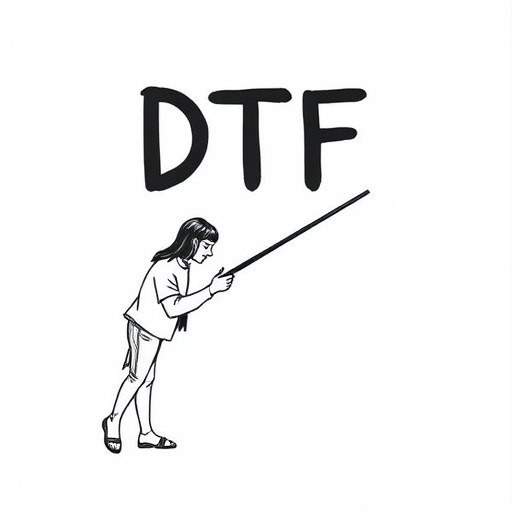
DTF (Direct-to-Film) transfers are a cutting-edge technology in the printing industry, offering an unparalleled level of detail and precision. This process involves transferring digital data directly onto a film negative, which then serves as a master for reproduction. By bypassing traditional intermediate steps, DTF ensures that every line, dot, and detail from the original digital file is accurately replicated on the final output.
This technology has revolutionized various sectors, particularly in industries requiring high-fidelity reproductions like graphic arts, signage, and even textiles. DTF transfers excel in reproducing thin lines as fine as 30 microns, ensuring that intricate designs and detailed illustrations remain pristine and sharp. The process is not only efficient but also cost-effective, making it a preferred choice for professional printers aiming to deliver exceptional quality while maintaining productivity.
The Importance of Precision in Line Reproduction
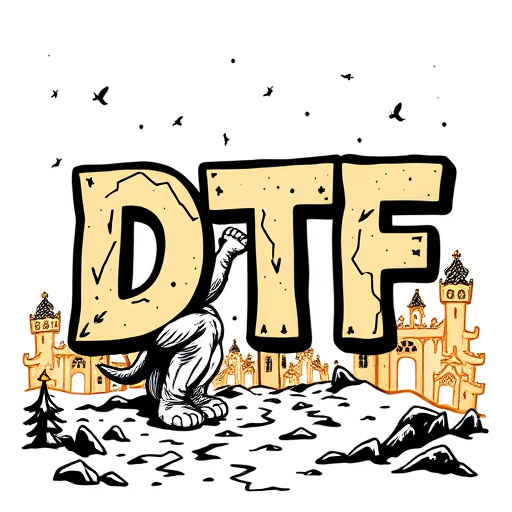
In the realm of transfers, achieving precision in line reproduction is paramount, especially for intricate designs that demand fine details. Digital-to-film (DTF) transfers have revolutionized this process by enabling printers to capture and recreate even the most subtle lines with remarkable accuracy. This technological advancement is particularly crucial for industries like graphic arts, where the faithful representation of lines is essential for maintaining design integrity.
Precision in line reproduction ensures that the final printed output mirrors the original digital artwork, down to the smallest element. It prevents blurring or distortion, which can occur with less advanced transfer methods. This level of detail is critical for complex patterns, technical drawings, and artistic renderings where thin lines and subtle gradients are integral to the overall aesthetic and functionality.
Key Features of High-Quality DTF Transfers
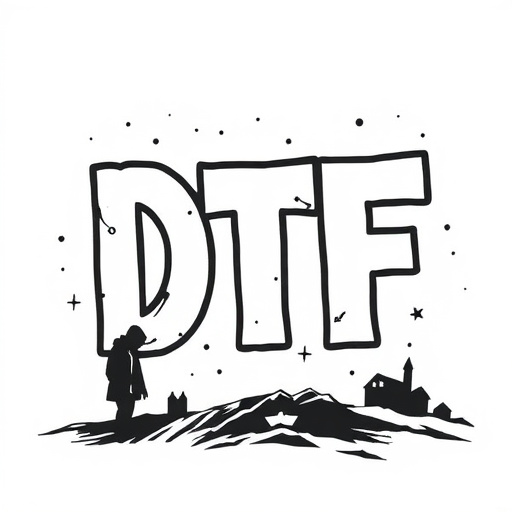
When seeking high-quality DTF (Direct to Film) transfers, several key features distinguish top-tier options from their lower-grade counterparts. Firstly, precision is paramount; the best DTF transfers boast an incredible ability to accurately reproduce even the thinnest lines and intricate details found in original art or source materials. This meticulous attention to detail ensures that the final output retains the crispness and clarity of the original, making it ideal for fine art prints, illustrations, and graphic design projects that demand precision.
Moreover, color accuracy is another vital aspect. Premium DTF transfers deliver exceptional color fidelity, maintaining vibrant hues and subtle shades closely to the original. This is crucial for artists and designers who rely on accurate color representation to convey specific moods, atmospheres, or artistic visions. Additionally, these transfers often offer a wide color gamut, ensuring that a broad spectrum of colors can be captured and reproduced with remarkable accuracy.
Choosing the Right Materials for Accurate Details

When creating transfers that need to accurately reproduce thin lines and intricate details, selecting the right materials is paramount. Digital Transfer Film (DTF) has become a game-changer in this regard, offering an unparalleled level of precision for detailed prints. The key benefits lie in its ability to capture even the tiniest line weights and patterns without smudging or blurring, ensuring that every delicate element on your design is faithfully replicated on the final product.
Choosing DTF over traditional methods provides a more consistent and cleaner result, especially for complex designs. Its versatility allows for easy application onto various surfaces, making it suitable for a wide range of projects from crafting to industrial applications. This choice simplifies the process, enhances accuracy, and ultimately ensures that the intricate details of your design are transferred flawlessly, creating a true testament to your creativity.
Techniques to Enhance Thin Line and Detail Transfer Accuracy

To achieve high accuracy in transferring thin lines and details, several techniques can be employed. First, utilizing specialized tools designed for fine line work, such as precision pens or laser printers, ensures a consistent and exacting transfer. These tools are engineered to deliver crisp, clear lines that closely match the original design. Additionally, setting the print resolution to its highest setting on your printer can significantly enhance detail reproduction.
Second, the use of transparent overlays or templates allows for a precise alignment of the transfer paper onto the work surface. This simple method ensures that each element is accurately positioned, particularly when dealing with intricate patterns or repeated designs. Further, applying a light coating of transfer medium, like a low-melt wax or specialized adhesive, can prevent smudging and facilitate a cleaner, more accurate transfer, especially for delicate lines and fine details.
Real-World Applications: Case Studies of Successful DTF Implementation
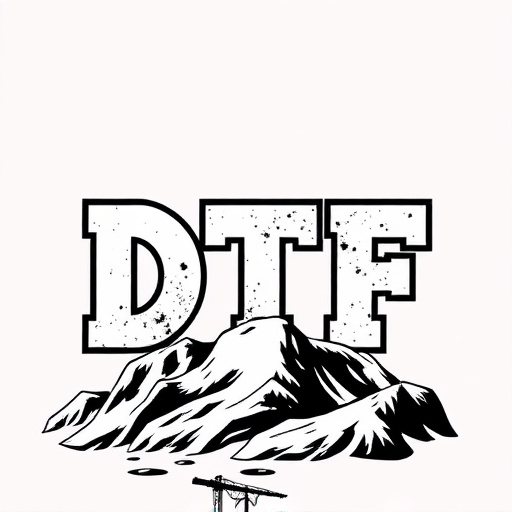
In various industries, Direct to Film (DTF) technology has proven its mettle in achieving precise and intricate line transfers. Its capabilities have been showcased in numerous real-world applications, demonstrating superior results compared to traditional methods. For instance, in the graphic arts industry, DTF is used for producing high-resolution prints with fine details, such as in poster designs and art reproductions. Similarly, in the textile sector, it enables the creation of intricate patterns on fabrics, showcasing complex linework and textures. These applications highlight the versatility and accuracy of DTF in reproducing thin lines and delicate details, making it a sought-after solution for professionals across diverse fields.

